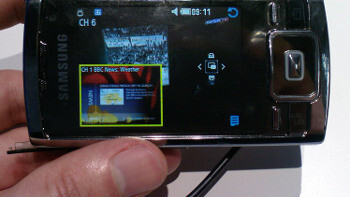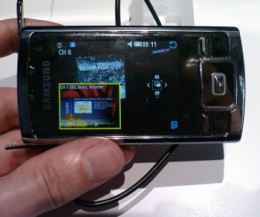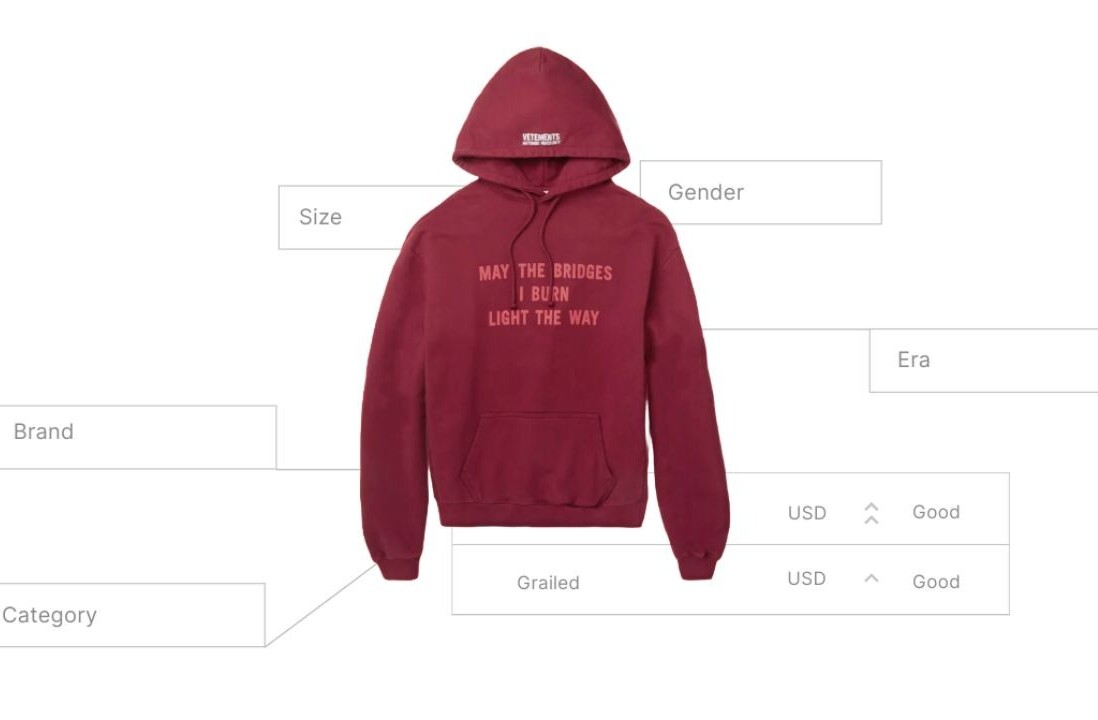
 As Zee has already posted O2, Orange and Vodafone have ganged up to trial a new mobile TV standard known as IMB (Integrated Mobile Broadcast) which was pioneered by IPWireless. The 3month trial will take place in West London and Slough (which happens to be where the HQ of O2 is). As well as IPWireless, both Ericsson and Streamezzo will partner to provider the technology components for the trial in the network and on handsets
As Zee has already posted O2, Orange and Vodafone have ganged up to trial a new mobile TV standard known as IMB (Integrated Mobile Broadcast) which was pioneered by IPWireless. The 3month trial will take place in West London and Slough (which happens to be where the HQ of O2 is). As well as IPWireless, both Ericsson and Streamezzo will partner to provider the technology components for the trial in the network and on handsets
IMB uses a technology known TDD (time division duplex) while the current 3G networks use a technology known as FDD (frequency division duplex) which isn’t that exciting except that all the 3G operators were allocated TDD spectrum as part of their licenses and that spectrum is currently unused.
O2 and Vodafone have 5MHz each while Orange has 10MHz (due to its recent linkage with T-Mobile) which gives 20MHz of spectrum which will support 60 to 80 TV channels.
TV on mobile has never really taken off and this is due to several factors including availability of suitable handsets and the suitability of the technology.
The European standard for mobile TV is known as DVB-H (digital video broadcast, handset) which has been trialled in the past and most operators have given up on it. This is because it either utilises existing 3G spectrum which then cuts into voice and data bandwidth or uses a completely different set of frequencies – which just aren’t available. Qualcomm (a US wireless technology company) even bought a UK national license so they could roll-out their MediaFlo wireless TV tech, but they’ve done nothing with it yet as it needs cooperation from handset manufacturers and of course the mobile operators (whoQualcomm would license the tech to).
New mobile handsets now have the capability of viewing HD TV, but this again tends to be delivered over IP and across the data side of a 3G connection which is expensive for the networks to provide (as can be seen by the data caps on the new iPhone plans).
Since IMB uses unused 3G frequencies, the operators are utilising an existing resource which costs them nothing (in terms of spectrum) with only minor upgrades to the network and so it really could be the technology that allows mass consumer TV on your mobile and with 60+ channels available should support even eclectic consumer choices.
Get the TNW newsletter
Get the most important tech news in your inbox each week.




